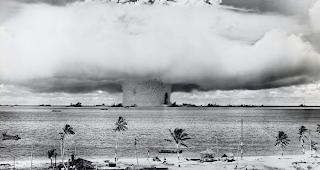In the early 1920s Paris emerged as a new centre of avant-garde art and, without a doubt, as the hub for the new photography in Europe. If the French capital became a forum for photographers from so many different countries and backgrounds, this was because it stood as a model of modernity and a beacon of economic hope in the aftermath of the First World War, but also because it was a haven of political and religious freedom for those forced into exile. This is the first exhibition on this scale of work from this decisive period. It brings together more than 200 vintage prints by some forty-odd photographers who worked in Paris between 1920 and 1939 as well as original documents from the time (magazines, books, etc.). It offers an informed and passionate perspective on the formal richness of this “New Photographic Vision in France.”
http://www.hotels-paris-rive-gauche.com/blog/2009/02/06/paris-city-photography-1920-1940-christian-bouqueret-collection-jeu-paume/

















































